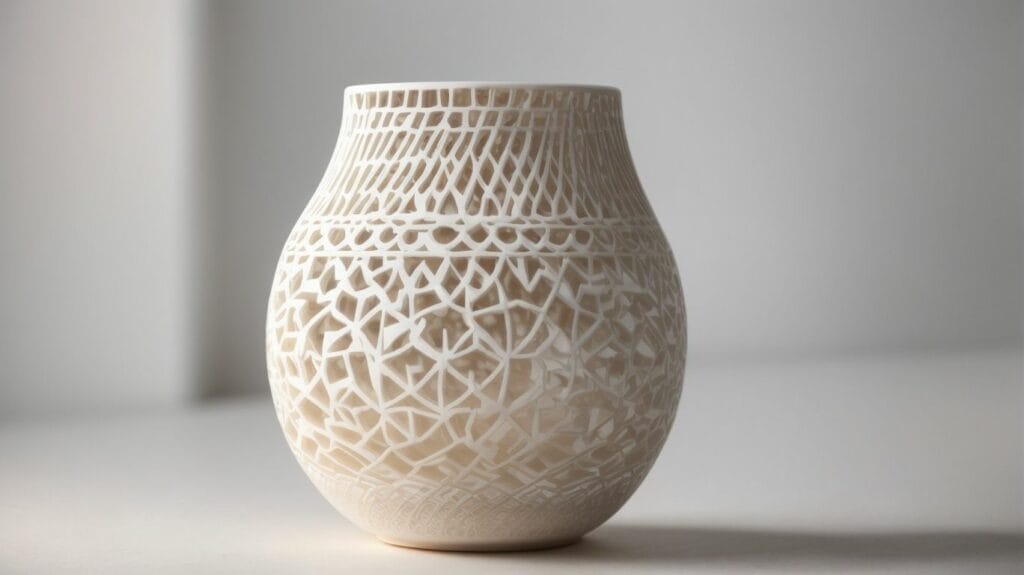Designing 3D print models can be an exciting and rewarding creative process. Whether you are a beginner or an experienced designer, understanding the essential steps and considerations is crucial for producing high-quality prints. This article will guide you through designing 3D print models, from choosing the right software and understanding design guidelines to creating and preparing the models for printing. It will also provide tips for selecting the appropriate 3D printer and material, as well as optimizing print settings for successful results. Following these steps and guidelines, you can unleash your creativity and bring your ideas to life through 3D printing.
Key takeaways:
- Choosing the right 3D modeling software is crucial: Consider factors such as ease of use, features, compatibility, and cost when designing 3D print models.
- Understanding design guidelines is essential for successful 3D printing: Consider design considerations and common issues to avoid, ensuring your 3D print models are printable and error-free.
- Proper Preparation for printing leads to better results: Check and fix any model errors, apply necessary supports and rafts, and choose the right printer and material to ensure the best outcome for your 3D print models.
Choosing the Right 3D Modeling Software
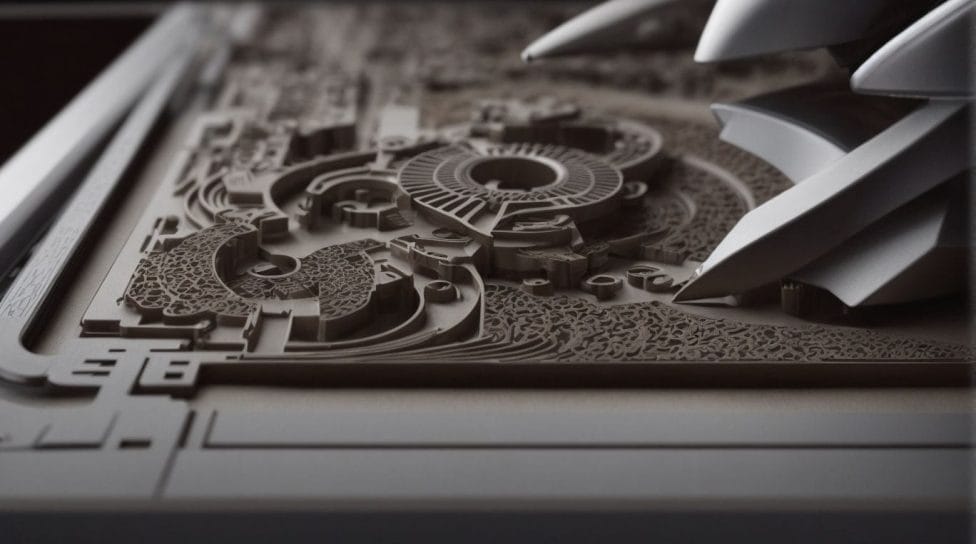
Photo Credits: Futureproof3D.Com by Gary Wright
When designing 3D print models, selecting the appropriate 3D modeling software is paramount. Take into account the following factors to arrive at an informed decision:
- Level of expertise: Different software options offer varying complexity levels and learning curves. Evaluate your skill level and opt for the software accordingly. For beginners, Tinkercad can be an ideal choice, whereas advanced users may find Fusion 360 more suitable.
- Design capabilities: Carefully assess the features and tools of different software options to ensure they align with your design requirements. SketchUp, for instance, offers intuitive design options, while Blender provides more advanced modeling capabilities.
- Compatibility: Confirm if the software supports the file formats compatible with your 3D printer. Software like Cura and Simplify3D are widely known for their compatibility with most printers.
In the end, comprehending your skill level, design needs, and printer compatibility will enable you to make a well-informed decision while choosing the most suitable 3D modeling software for your projects.
What are the Different Types of 3D Modeling Software?
Are you wondering about the different types of 3D modeling software available? Whether you are a beginner or a professional in industries like engineering and architecture, there are various software options to meet your needs and skill level.
| Software Type | Description |
| Beginner-Friendly Software | They are designed for beginners with simple interfaces and easy-to-use tools, such as Tinkercad and SketchUp. |
| Professional Software | Professionals in industries like engineering and architecture, such as AutoCAD and SolidWorks, use complex software. |
| Sculpting Software | Used for creating organic and intricate models, sculpting software like ZBrush and Blender offers powerful sculpting tools. |
| Parametric Modeling Software | Allows the creation of models based on parameters and constraints, such as Fusion 360 and CATIA. |
| Open-Source Software | Free software with an active community, offering customization and collaboration, like FreeCAD and OpenSCAD. |
Factors to Consider When Choosing 3D Modeling Software
Factors to Consider When Choosing 3D Modeling Software
When choosing 3D modeling software, it is crucial to consider several factors to ensure that the software is the perfect fit for your needs and skills. These factors include:
- Experience level: One should consider the software’s user-friendliness and whether it caters to beginners or advanced users.
- Functionality: It is essential to evaluate the features and tools offered by the software, such as sculpting, rendering, or animation capabilities.
- Compatibility: One should check if the software is compatible with their operating system and if it supports the file formats they require.
- Cost: The price range of the software and whether it fits within the budget, considering any additional fees or subscriptions, should be considered.
- Industry relevance: It is advisable to research if the software is commonly used in one’s field, ensuring compatibility with collaborators and potential job opportunities.
Based on these factors, some popular choices for 3D modeling software include Autodesk Maya, Blender, and SketchUp. Before making a final decision, it is important to try out different software options and explore their tutorials thoroughly.
Understanding Design Guidelines for 3D printing

Photo Credits: Futureproof3D.Com by Jesse Baker
Get ready to dive into the world of 3D printing design! In this section, we’ll explore the essential knowledge you need to understand the design guidelines for creating remarkable 3D print models. From design considerations to common issues to avoid and even tips for modifying existing 3D models, we’ll cover it all. So buckle up and get ready to unleash your creativity in the fascinating realm of 3D printing design. Let’s get started!
Design Considerations for 3D Print Models
Design considerations for 3D print models, including geometry, size, support structures, and material selection, are crucial to ensure successful printing. To optimize the design for 3D printing, it is important to avoid overhangs, thin walls, and intricate details that may not print well. Additionally, considering the build volume of the 3D printer and scaling the model accordingly is necessary to fit within its limits. Planning for necessary supports to prevent sagging or collapsing during printing, especially for complex or overhanging parts, is also important. Material selection should be done by choosing a suitable material for the intended purpose and considering its specific requirements for printing. Taking these considerations into account will lead to successful 3D print models and optimal printing results.
Common Issues to Avoid in 3D Print Models
- Ensure successful 3D printing by being aware of common issues that can arise in 3D print models and taking steps to avoid them. Here are some common issues to avoid:
- Wall thickness: It is important to ensure that your model has a minimum thickness to prevent it from being too fragile or not printing properly.
- Overhangs and unsupported geometry: Avoid designing models with extreme overhangs or unsupported features, as they may collapse or sag during printing.
- Non-manifold geometry: Check that your model has no intersecting or overlapping surfaces, which can cause print errors.
- Small details: Do not design intricate or delicate details that may not print well or may break easily.
- Print orientation: Select the optimal orientation for your model to minimize the need for supports and achieve the best surface finish.
3D printing has revolutionized many industries, including manufacturing, healthcare, and art. Its roots can be traced back to the 1980s when the first 3D printing technologies were developed. Since then, advancements in materials and techniques have made 3D printing more accessible and versatile. Today, 3D printing is widely used for prototyping, custom manufacturing, and creating intricate and complex designs that were once impossible to achieve. With the continuous evolution of 3D printing technology, we can expect even greater possibilities and innovation.
Creating 3D Print Models
Creating 3D Print Models involves a series of steps to guarantee successful prints. Here is a step-by-step guide for
- Choose the appropriate 3D modeling software for your needs.
- Design the model using the software while considering the design considerations for 3D printing.
- Avoid common issues by paying attention to detail and following the design guidelines for Creating 3D Print Models.
- If necessary, modify existing 3D models to fit your specific requirements for Creating 3D Print Models.
- Prepare the model for printing by thoroughly checking and fixing any errors that may affect the 3D Printing process.
- Apply supports and rafts, if needed, to ensure proper printing and optimize the final results of your 3D Print Models.
- Select the appropriate 3D printer and material based on the specific project requirements for Creating 3D Print Models.
Pro-tip: When Creating 3D Print Models, it is crucial to constantly experiment and iterate to enhance your skills and achieve superior results.
Modifying Existing 3D Models
Modifying existing 3D models can be a helpful skill to have when working on 3D printing projects. Here is a step-by-step guide to assist you in navigating this process:
- Identify the areas of the model that require modification.
- Select the appropriate software, such as Blender or Autodesk Fusion 360, for making edits to the model.
- Import the existing 3D model into the chosen software.
- Make the desired modifications to the model, such as resizing, adding or removing features, or adjusting proportions.
- Ensure that the modifications do not compromise the model’s structural integrity or result in any printing issues.
- Review and test the modified model using a 3D viewer or slicer software.
- If necessary, iterate and make further adjustments to achieve the desired outcome.
- Export the modified model in a suitable file format for 3D printing, such as STL or OBJ.
- Prepare the modified model for printing by carefully examining and resolving potential errors.
Following these steps, you can effectively modify existing 3D models to meet your requirements and achieve successful 3D prints.
Preparing 3D Print Models for Printing
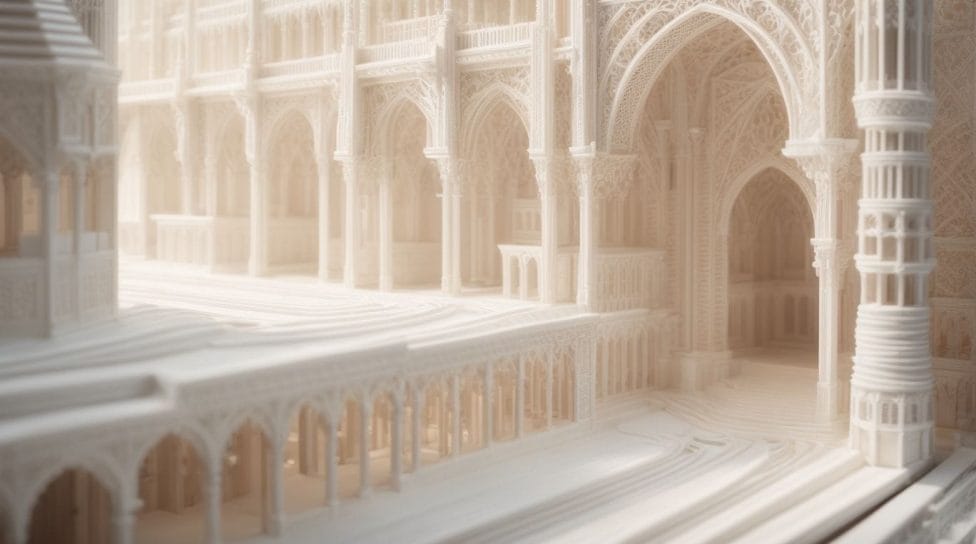
Photo Credits: Futureproof3D.Com by Jeffrey Hill
Getting your 3D print model ready for printing requires a few essential steps. In this section, we’ll dive into preparing your model for a successful print. We’ll explore techniques for checking and fixing any potential errors in your design, as well as applying supports and rafts if necessary. By following these steps, you’ll ensure that your 3D print model is optimized and ready to bring your design to life. Get ready to unleash your creativity!
Checking and Fixing Model Errors
- Checking and fixing model errors: Ensure your 3D model is watertight and free from any holes or gaps that could cause printing issues.
- Verify printability: Use slicing software to simulate the printing process and identify any potential printing errors or areas that may need support structures.
- Inspect wall thickness: Make sure that the walls of your model are thick enough to be printed successfully. Thin walls may result in fragile prints or structural instability.
- Address non-manifold geometry: Fix any non-manifold geometry issues, such as overlapping or intersecting surfaces, to ensure a clean and accurate printed model.
- Check for flipped triangles or inverted normals: These can cause visual defects in the print. Ensure that all triangles face the correct direction and all normals are pointing outwards.
To achieve high-quality 3D prints, it is crucial to check and fix any model errors thoroughly. Taking the time to address these issues will help prevent failed prints and ensure accurate and durable results. Consider your slicing software’s documentation for specific tools and techniques to diagnose and resolve model errors.
Applying Supports and Rafts if Necessary
- When preparing 3D print models, it is crucial to apply supports and rafts if necessary to ensure a successful print.
- Here are the steps to follow in applying supports and rafts if necessary:
- Identify the areas of the model that require support structures.
- Select the appropriate support type (e.g., tree supports, linear supports) based on the complexity of the model and the material being used.
- Adjust the support settings in the slicing software, such as support density and angle, to ensure optimal support placement.
- Generate the support structures and preview the print to confirm the adequacy of the supports.
- If rafts are necessary, enable the option in the software to add a larger base to improve adhesion and prevent warping.
- Lastly, finalize the slicing settings and send the prepared file to the 3D printer for printing.
- Fact: Applying supports and rafts, if necessary, can greatly improve the print quality and minimize the risk of failures during the 3D printing process.
Choosing the Right 3D Printer and Material
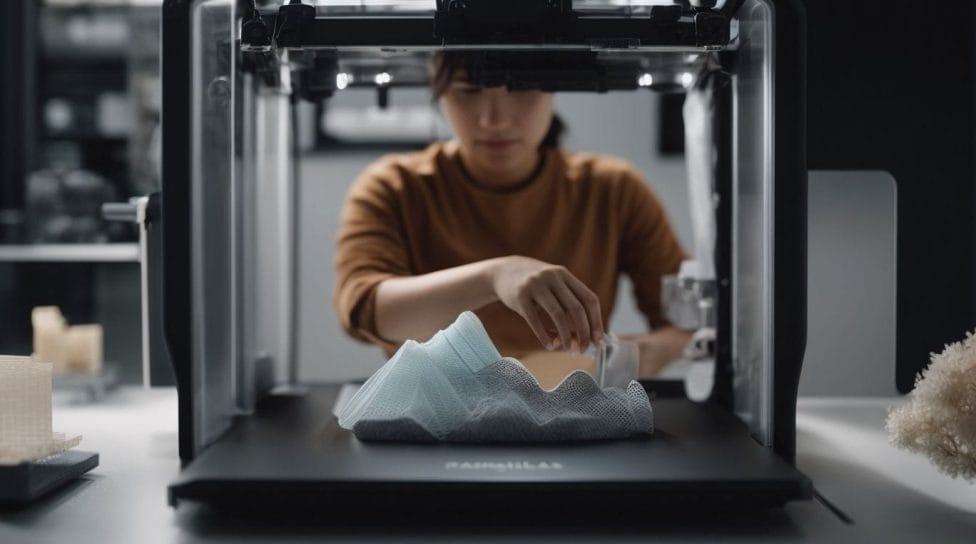
Photo Credits: Futureproof3D.Com by Jerry Sanchez
When designing 3D print models, choosing the right 3D printer and material is crucial. In this section, we’ll explore important factors to consider when selecting a 3D printer and delve into how to choose the best material for your 3D print model. Get ready to dive into the world of 3D printing and unlock the secrets to creating stunning, high-quality designs.
Factors to Consider When Choosing a 3D Printer
Factors to Consider When Choosing a 3D Printer
When selecting a 3D printer, it is important to consider various crucial factors.
- Print Quality: It is essential to find a printer with high resolution and precision to achieve accurate and intricately detailed prints.
- Build Volume: The size of the objects you intend to print should be considered, and accordingly, a printer with a suitable build volume should be chosen.
- Print Speed: Project timelines should be considered, and therefore, a printer that can produce prints quickly without compromising quality should be opted for.
- Compatibility: It is crucial to check if the printer is compatible with the material you plan to use, such as PLA, ABS, or resin.
- Support and Maintenance: It is advisable to research the manufacturer’s support options, warranty coverage, and the availability of replacement parts.
Remember, the choice of your 3D printer will significantly influence the quality and success of your prints.
Choosing the Best Material for Your 3D Print Model
When choosing the best material for your 3D print model, there are several factors to consider.
- Strength: If you require a strong and durable print, materials like ABS or Nylon are ideal.
- Flexibility: For parts that need to be flexible or have a certain amount of elasticity, materials like TPU or TPE are recommended.
- Accuracy: If precision is essential, materials like PLA or Resin provide high levels of detail and accuracy.
- Heat resistance: If your print will be exposed to high temperatures, materials like PETG or Polycarbonate can withstand heat better.
- Special features: Some materials offer unique properties such as transparency, conductivity, or flame resistance, so choose accordingly.
A company needed to prototype a custom electronics enclosure. After experimenting with different materials, they found that ABS was the best choice due to its strength, durability, and ability to withstand the heat generated by the electronics. This material allowed them to create a functional prototype that met their requirements.
Tips for Successful 3D Printing
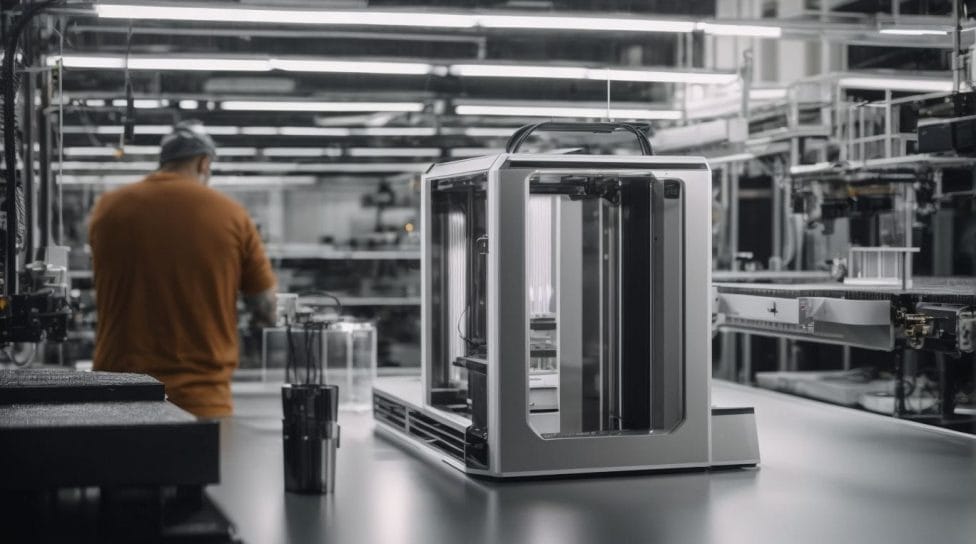
Photo Credits: Futureproof3D.Com by Justin Allen
Tips for Successful 3D Printing
- When it comes to 3D printing, following these tips can help ensure successful results:
- Choose the right print settings for your model, such as layer height and infill density.
- Ensure the model is properly oriented on the print bed to optimize stability and minimize support material.
- Check for and fix any issues in the model, such as non-manifold geometry or intersecting faces.
- Calibrate your printer regularly to maintain accurate dimensions and minimize print errors.
- Use high-quality filament to ensure consistent and reliable printing.
- Optimize support structures to minimize post-processing and improve overall print quality.
- Perform test prints and iterations to fine-tune settings and improve the final result.
Some Facts About How to Design 3D Print Models:
- ✅ Mechanical engineers find starting a new 3D model design exciting and nerve-wracking. (Source: Our Team)
- ✅ Preparation is key to designing 3D models. (Source: Our Team)
- ✅ The design process involves gathering information, asking questions, making hypotheses, experimenting, and testing the design. (Source: Our Team)
- ✅ Testing is critical to the design’s success, and if it fails, iterations are needed. (Source: Our Team)
- ✅ Choosing the right manufacturing partner can help get to a final design faster. (Source: Our Team)
